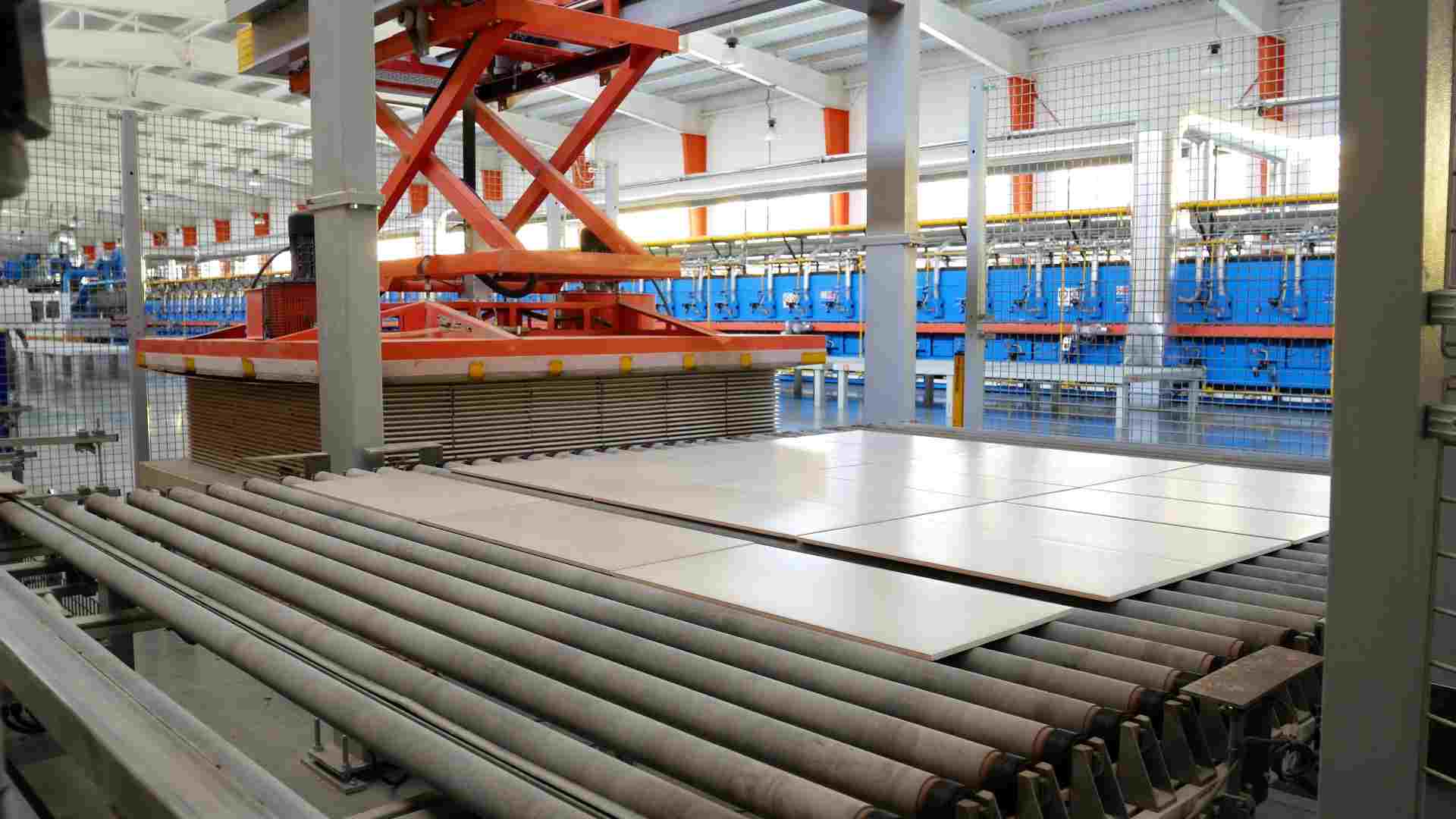Ceramic Additive Manufacturing (LCM 3D Printing) Explained
Ceramic additive manufacturing is revolutionizing various industries with its ability to produce complex, high-performance parts. One cutting-edge method within this realm is Lithography-based Ceramic Manufacturing (LCM) 3D printing. It offers unparalleled precision, versatility, and efficiency, making it a game-changer for engineers and designers.
What is Ceramic Additive Manufacturing?
Ceramic additive manufacturing is a process that builds ceramic parts layer by layer, directly from digital models. This technique offers a stark contrast to traditional manufacturing methods, which often involve subtractive processes, such as cutting or drilling, that can waste material and limit design possibilities. LCM 3D printing, a subset of ceramic additive manufacturing, utilizes photopolymerization – a process where a light source, usually a laser or projector, cures a liquid pre-ceramic monomer to form a solid ceramic part. This method is distinguished by its ability to produce parts with intricate details and complex geometries that would be challenging, if not impossible, to achieve through conventional means.
The adoption of ceramic materials in additive manufacturing brings forth several benefits. Ceramics are known for their high temperature resistance, chemical stability, and exceptional strength-to-weight ratio. These properties make them ideal for applications requiring durability and performance in extreme conditions. LCM sets itself apart with its ability to finely tune the properties of the ceramic part during the manufacturing process, allowing for the creation of components with tailored characteristics to meet specific needs.
Transforming Industries with LCM 3D Printing
The versatility and efficiency of LCM 3D printing are making waves across various critical sectors:
- Healthcare: LCM is used to produce customized implants, surgical tools, and biocompatible microfluidic devices for medical research.
- Aerospace: LCM enables the creation of lightweight, high-strength engine components and heat-resistant parts for aerospace applications.
- Electronics: LCM can fabricate intricate electronic components with superior electrical properties and thermal conductivity.
- Automotive: The technology allows for the development of customized engine parts, wear-resistant components, and lightweight ceramic filters.
- Energy: LCM is used to produce complex heat exchangers, turbine blades, and other components for efficient energy generation.
These are just a few examples of how LCM 3D printing is transforming these industries. Its ability to produce complex, high-performance ceramic parts is leading to improved product functionality, reduced weight, and innovative solutions for complex engineering challenges.
Advantages of Ceramic Additive Manufacturing
Ceramic additive manufacturing, particularly through LCM, offers a suite of benefits that make it an attractive choice for a wide array of industrial applications:
- Complex Geometries: Ability to create intricate and complex designs that are impossible with traditional manufacturing methods.
- Rapid Prototyping: Significantly speeds up the development process by allowing quick iterations of design prototypes.
- Material Efficiency: Minimizes waste by using only the necessary material for each part, contributing to more sustainable manufacturing practices.
- Customization: Facilitates the production of customized parts without the need for expensive molds or tooling.
- High Precision: Achieves exceptional levels of detail and accuracy, essential for components requiring tight tolerances.
Smartech’s QUATTRO Insulation – Bridging the Gap
Smartech is at the forefront of leveraging the innovative potential of ceramic additive manufacturing, offering tailor-made 3D-printed ceramic components. Our partnership with Steinbach’s Technical Ceramics department allows us to produce parts that are high in precision and tailored for specific applications, from initial prototypes to full-scale production. Our use of LCM technology ensures unmatched accuracy and quality in every piece.
Our ceramic components are a testament to the fusion of lightness and heat resistance, making them the ideal choice for the rigorous demands of sectors like aerospace and medical devices. The meticulous precision and customization of our LCM process ensure each component is not just a part but a precise solution crafted to meet the intricate requirements of our clients.
For many, the journey towards integrating advanced ceramics into their design process is fraught with the concern of substantial investments in complex machinery and the skilled personnel to operate it. Smartech is your bridge over these obstacles, offering the expertise and the resources you need without the daunting investments. Our facility is equipped with everything necessary to bring your high-performance parts from the digital world into reality, efficiently and affordably.
Elevate your technical components with the tailored excellence of Smartech’s ceramic solutions. Discover how our precision can redefine your projects. Call Smartech today for a personalized consultation and quote.

Looking for More Information?
Check out our Resources or Contact Us
